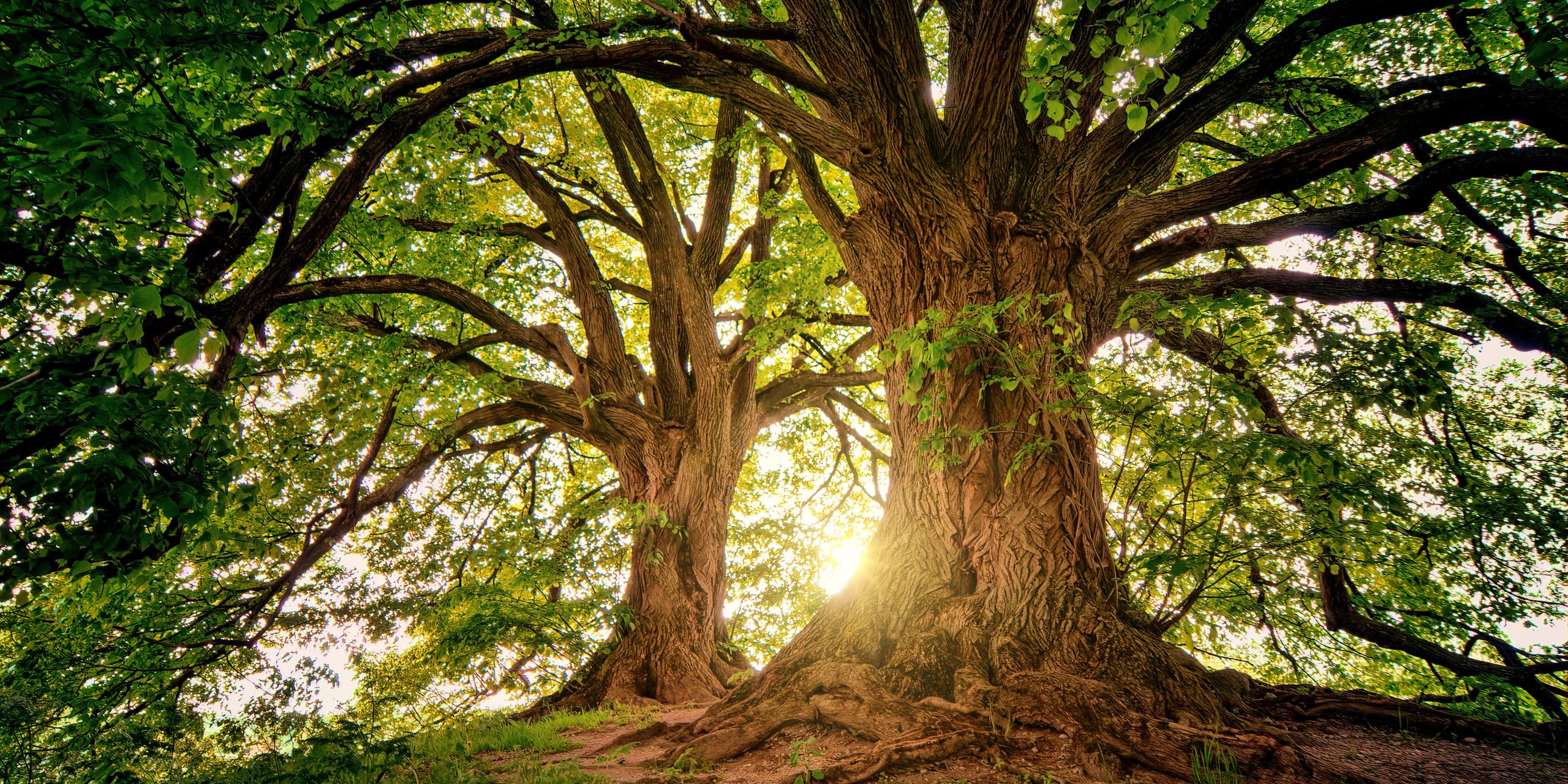Introduction
Tree trimming is a critical service that helps maintain the health, safety, and aesthetics of trees. Tree Trimming Services in California, where diverse climates and landscapes present unique challenges, professional tree trimming services are essential. This article explores the importance, methods, benefits, and regional considerations of tree trimming in California.
The Importance of Tree Trimming
Health of the Tree
Regular tree trimming is one of the most important practices for maintaining tree health. By removing dead, diseased, or infested branches, you protect the overall health of the tree and prevent problems from spreading throughout its structure. When trees are regularly pruned, it encourages robust growth, allowing them to thrive in various environments, whether urban or rural.
Preventing Disease Spread
In California, trees face threats from a variety of diseases, such as oak wilt, which can decimate entire tree populations, and sudden oak death, a fungal infection that is fatal to several tree species. Regular trimming allows arborists to catch these diseases early, removing infected branches before the disease spreads. For example, in the coastal areas near Big Sur, the swift removal of diseased branches can prevent the further spread of pathogens that thrive in the moist, foggy conditions.
Encouraging New Growth
Strategic tree trimming encourages new growth by allowing sunlight and air to reach more parts of the tree. In densely populated urban areas like Los Angeles, where trees often grow close together, trimming ensures that trees don’t become overcrowded. Proper pruning stimulates the growth of strong branches and ensures that trees can sustain themselves, even in limited space. This approach is especially effective for promoting new growth in flowering trees, which are popular in residential gardens across the state.
Safety Concerns
One of the primary reasons tree trimming is essential is safety. Overgrown, dead, or structurally weak branches pose serious risks to both property and people. This concern becomes especially acute in high-traffic areas, whether residential, commercial, or public spaces, where trees interact closely with pedestrians, vehicles, and infrastructure. In California, the risks are amplified due to the state’s susceptibility to extreme weather conditions, including high winds, storms, and wildfires. Regular tree trimming helps to mitigate these dangers by removing vulnerable branches before they become hazardous.
Preventing Property Damage
Untrimmed trees in areas prone to high winds and severe weather, particularly along California’s coastlines in cities like San Francisco, Santa Barbara, and Malibu, can cause significant damage when branches break or fall. During stormy weather, heavy winds can cause branches to snap and fall on homes, vehicles, or even utility lines, leading to costly repairs and, in some cases, dangerous power outages. For instance, a single large branch falling on a roof could cause structural damage that may cost thousands of dollars to repair—damage that could have been avoided through proactive trimming.
Additionally, untrimmed trees near power lines pose a fire hazard. A common cause of wildfires in California is trees or branches coming into contact with live wires, particularly during dry and windy conditions, as seen during the 2017 and 2018 wildfire seasons. Routine trimming ensures that trees are maintained at a safe distance from power lines, reducing the risk of sparking wildfires and protecting both property and lives. Utility companies often conduct large-scale trimming operations, but homeowners must also ensure trees on their property are regularly pruned to avoid such hazards.
- Example: In Santa Barbara, where wind gusts can reach dangerous levels during storms, homeowners with large oaks and eucalyptus trees frequently schedule tree trimming before the storm season to prevent falling limbs from damaging their roofs or parked cars.
- Example: In San Francisco, the combination of coastal winds and hilly terrain makes regular pruning a necessity for preventing branches from crashing into windows or falling onto utility lines, causing blackouts in neighborhoods.
Ensuring Pedestrian Safety
Tree trimming also plays a crucial role in maintaining pedestrian safety in urban and suburban settings. In cities like San Diego, where many streets and sidewalks are lined with large trees, untrimmed branches that extend over pedestrian pathways can become hazardous. Low-hanging branches may obstruct visibility, block street signs, or create a physical barrier, increasing the risk of injury to pedestrians, cyclists, and drivers. These overgrown branches can also obstruct streetlights, reducing visibility at night and creating potentially dangerous conditions for people walking or biking after dark.
Municipal tree trimming programs often address these issues in public spaces, but property owners are responsible for maintaining trees on their land. If trees on private property grow into public walkways or streets, it can lead to accidents or legal liability. Routine pruning ensures that branches remain clear of pedestrian routes, preventing trips, falls, or other accidents. It also helps to maintain proper sightlines for drivers, reducing the likelihood of collisions at intersections or driveways.
- Example: In Los Angeles, the city conducts regular tree trimming along major roadways to prevent overhanging branches from obstructing traffic lights and road signs, enhancing both pedestrian and driver safety.
- Example: In San Diego, homeowners near popular walking trails often trim palm trees and other species to prevent fallen fronds or branches from creating obstacles on the path, ensuring that the area remains safe and accessible for outdoor enthusiasts.
By addressing both property damage and pedestrian safety concerns, regular tree trimming is essential to maintaining a safe environment in both urban and suburban areas of California. Proactive maintenance not only protects against accidents and costly repairs but also helps create a well-maintained, visually appealing landscape that enhances the overall quality of life for residents.
Aesthetic Appeal
Tree trimming isn’t just about safety and health; it’s also about enhancing the natural beauty of your property. Well-maintained trees improve the overall visual appeal of your landscape, adding value to your home and creating a more inviting environment.
Shaping the Tree
Professional trimming can help shape trees to create a balanced, pleasing form that complements your landscape. This is particularly important in cities like Palm Springs, where landscape design is a significant part of the local aesthetic. Homeowners often invest in carefully designed gardens, and well-shaped trees are a critical element in creating a cohesive outdoor space. By selectively trimming branches, arborists can ensure that the tree’s growth follows a natural yet structured form, fitting seamlessly into its surroundings.
Enhancing Property Value
A well-maintained landscape, particularly with healthy and aesthetically pleasing trees, can significantly enhance a property’s market value. In California’s competitive real estate market, particularly in high-demand areas such as Silicon Valley or Malibu, potential buyers place a premium on properties with mature, well-cared-for trees. By investing in regular tree maintenance, homeowners can see substantial returns when selling their homes.
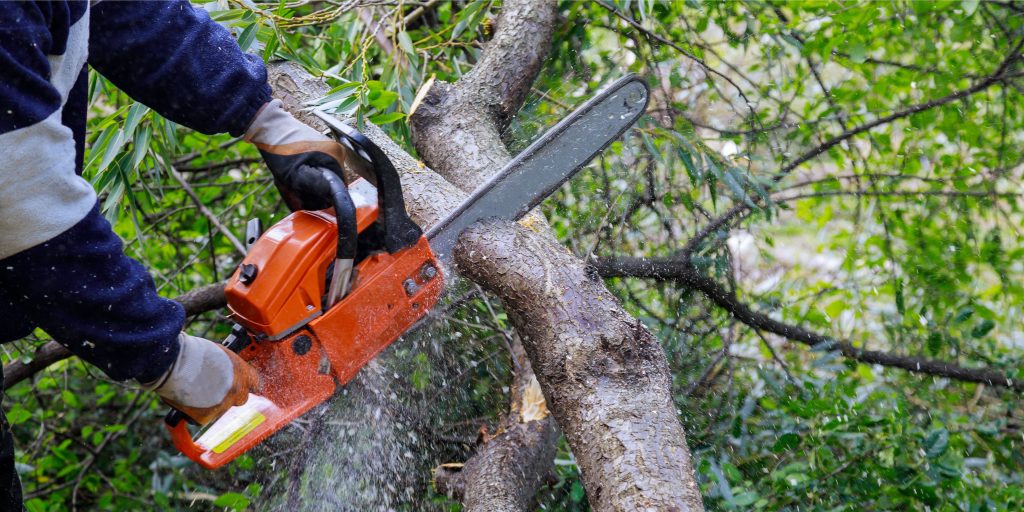
Types of Tree Trimming Services in California
Professional arborists employ different trimming methods depending on the tree species, location, and the specific goals of the trimming process. Here are the most common types of tree trimming services in California.
Crown Thinning
Crown thinning involves the selective removal of branches throughout the canopy to reduce its density. This method is particularly useful in large, established trees that have grown overly dense.
Benefits of Crown Thinning
- Improved air circulation: In hot inland areas such as Bakersfield, thinning the canopy allows better airflow, which helps reduce the risk of fungal infections and encourages healthier growth.
- Reduced wind resistance: In coastal regions, where high winds are common, crown thinning can reduce the wind resistance of large trees like eucalyptus or Monterey pines, lowering the risk of branches snapping or trees uprooting.
- Enhanced light availability: Thinning the canopy allows sunlight to reach the lower branches and surrounding vegetation, promoting healthier growth in shaded areas.
Crown Raising
Crown raising involves removing the lower branches of a tree to raise the overall height of the canopy. This method is frequently used in urban and suburban areas to clear space for buildings, pedestrians, and vehicles.
Benefits of Crown Raising
- Improved visibility: In busy areas such as Los Angeles, crown raising helps increase visibility, making sidewalks, driveways, and roads safer for pedestrians and drivers.
- Increased clearance: Whether it’s for vehicles in driveways or pedestrians on sidewalks, raising the crown ensures that the tree does not interfere with traffic flow or obstruct walking paths.
- Better aesthetics: For properties with landscaped gardens or open spaces, crown raising enhances the visual appeal by creating a more open and inviting environment.
Crown Reduction
Crown reduction is the process of reducing the overall size of the tree’s canopy. This technique is typically employed when a tree has grown too large for its space or to mitigate safety risks in urban environments.
Benefits of Crown Reduction
- Reduced risk of branch failure: By trimming the overall size of the tree, crown reduction helps alleviate the stress on heavy limbs, particularly during windy conditions, common in regions like Northern California.
- Manageable size: Trees growing near buildings or power lines in cities like Sacramento are prime candidates for crown reduction. This method keeps the tree at a safe, manageable size without compromising its health or appearance.
- Preserves natural shape: Unlike topping (a harmful practice), crown reduction maintains the natural shape of the tree while promoting continued health.
Deadwooding
Deadwooding refers to the removal of dead, dying, or decaying branches from the tree. This practice is essential for the safety and health of the tree.
Benefits of Deadwooding
- Prevents disease spread: By removing decaying wood, arborists can prevent diseases from spreading throughout the tree. This is particularly important for oaks, which are susceptible to fungal infections such as Armillaria root rot.
- Reduces hazards: Dead or dying branches are prone to falling, especially in high-wind areas like Ventura County. Removing them reduces the risk of injury or property damage.
- Improves appearance: Removing dead branches enhances the overall appearance of the tree, making it look well-maintained and healthier.
Regional Considerations in California
California’s diverse climate and geographical features present unique challenges for tree maintenance. From coastal winds and inland heat to wildfire risks and urban growth, tree care practices must adapt to regional conditions. Here’s a breakdown of the various regional factors affecting tree trimming services across California.
Coastal Areas
The coastal regions of California, such as San Diego, Santa Barbara, and San Francisco, present distinct challenges due to salt spray, high winds, and humid conditions. Coastal trees often have to withstand strong winds, salt accumulation on their leaves, and fluctuating moisture levels. Therefore, trimming practices must account for these unique environmental factors to ensure tree health and longevity.
Trimming for Wind Resistance
Coastal trees are frequently exposed to high winds, which can cause weak or overgrown branches to break or lead to tree uprooting. Crown thinning, a technique that reduces the density of a tree’s canopy, is often used to allow wind to pass more easily through the tree, thereby lowering the risk of damage.
- Example: In San Francisco, large cypress trees near the coastline are regularly thinned to withstand the city’s notorious high winds and prevent limb breakage that could cause damage to nearby homes.
Salt Damage Prevention
Salt spray from the ocean can accumulate on the leaves and branches of trees, leading to salt burn, leaf scorch, and weakened growth. Regular trimming helps manage this by removing affected parts of the tree, encouraging healthier new growth.
- Example: Along Santa Monica Beach, palm trees are trimmed to prevent the buildup of salt on their lower branches, allowing the trees to remain healthy despite the oceanfront exposure.
Inland Areas
Inland areas such as Sacramento, Fresno, and the Central Valley face extreme heat and dry conditions during the summer months, which place significant stress on trees. To counteract these harsh conditions, tree trimming must focus on water conservation and fire prevention.
Water Conservation Strategies
In arid inland regions, reducing a tree’s foliage can help conserve water by lowering its overall water consumption. Trimming excess branches and thinning the canopy allows trees to retain moisture and remain healthier during prolonged droughts.
- Example: In Fresno, homeowners often prune their citrus trees to reduce water needs, ensuring that the trees remain productive during the Central Valley’s hot, dry summers.
Fire Safety Considerations
In fire-prone areas, like Redding and San Bernardino, tree trimming is essential for fire mitigation. Removing dead or dry branches reduces the fuel load around properties, lowering the risk of wildfire spread. Trees near homes and other structures must be maintained to create defensible space, which is critical for protecting properties during wildfire season.
- Example: In Napa Valley, residents trim back oak and pine trees to comply with California’s fire safety regulations, helping to prevent the rapid spread of wildfires that frequently threaten the region.
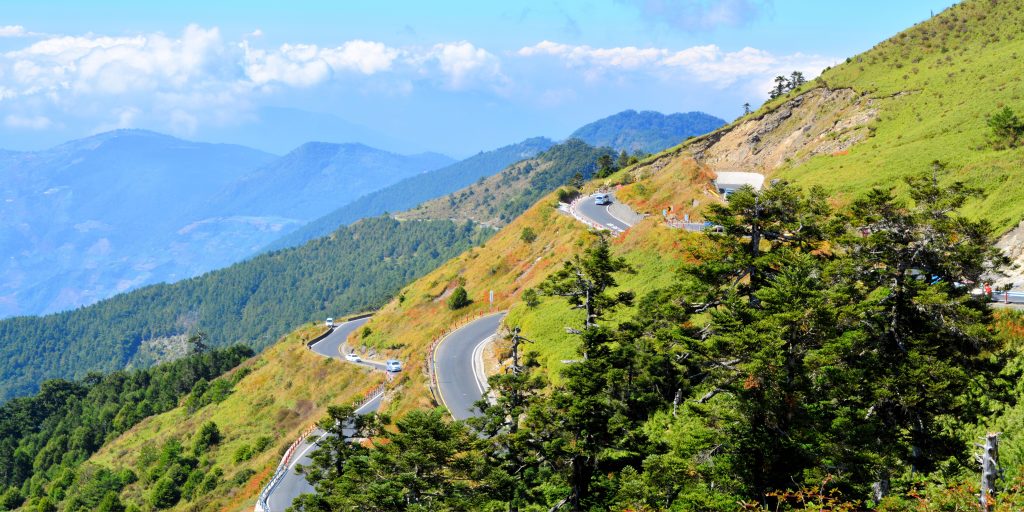
Mountainous Regions
Mountainous areas, such as those around Lake Tahoe and the Sierra Nevada, experience different tree maintenance challenges, primarily due to snow, ice, and altitude. These factors influence how trees grow and how trimming should be approached to ensure stability and safety.
Snow Load Management
In regions that receive heavy snowfall, such as the Lake Tahoe area, trees can accumulate significant snow on their branches, which can lead to breakage or even collapse under the weight. Trimming weak or overextended branches before winter helps reduce the risk of snow-related damage.
- Example: In the Sierra Nevada foothills, lodgepole pines are regularly pruned to prevent heavy snow from accumulating on their branches, minimizing the risk of limbs snapping during the winter months.
Managing Growth Patterns
Trees in mountainous regions often grow in irregular patterns due to the uneven terrain and constant exposure to strong winds. Regular trimming helps manage these growth patterns, maintaining both safety and the aesthetics of the landscape.
- Example: In Big Bear Lake, arborists trim ponderosa pines to correct uneven growth caused by strong mountain winds, ensuring that the trees remain structurally sound.
Urban Areas
Urban environments like Los Angeles, San Jose, and San Diego present unique challenges for tree care, mainly due to limited space, proximity to buildings and infrastructure, and increased exposure to pollution and urban stressors. Trees in urban areas must be carefully managed to avoid conflicts with buildings, power lines, and other infrastructure while also maintaining their health in polluted environments.
Managing Space Constraints
Urban trees often need more frequent trimming to prevent interference with infrastructure such as power lines, buildings, and roadways. Overgrown branches can obstruct views, damage structures, and cause power outages if left unmanaged.
- Example: In Los Angeles, city-maintained ficus trees along streets are regularly trimmed to prevent branches from growing into power lines and to keep sidewalks clear for pedestrians.
Pollution and Stress Mitigation
Urban trees are more exposed to air pollution, traffic exhaust, and other environmental stressors. Regular trimming helps remove damaged or stressed branches, allowing the tree to focus its resources on healthy growth.
Example: In San Jose, redwood trees planted in parks are pruned to remove pollution-damaged branches, allowing for the regeneration of healthier, pollution-resistant foliage.
Conclusion
Tree trimming in California is not just about maintaining aesthetics; it is a crucial practice for promoting tree health, safety, and environmental sustainability. Each region of California—from coastal areas and inland regions to mountainous terrain and urban environments—presents unique challenges that require tailored approaches to tree care. Whether you’re managing wind resistance in coastal San Francisco, conserving water in the arid Central Valley, mitigating fire risk in wildfire-prone regions, or managing space constraints in bustling cities like Los Angeles, professional tree trimming ensures that trees not only survive but thrive in their environments.
By understanding the specific needs of your region and working with qualified professionals, you can ensure your trees contribute to the beauty, safety, and environmental health of your property. Tree trimming is an investment in the long-term health of your landscape, protecting your home and community from potential hazards while enhancing the natural beauty of your surroundings. With the right care, California’s diverse and majestic trees will continue to flourish for generations to come.
Why West Coast Tree Service is the Best Choice for Tree Trimming Services in California
At West Coast Tree Service, we pride ourselves on being the top choice for professional tree trimming services in California. With over 30 years of experience, our team of ISA-certified arborists understands the unique challenges that different regions of California face—from the coastal winds of San Francisco to the fire-prone inland areas and the urban complexities of cities like Los Angeles. We tailor our services to meet the specific needs of your environment, ensuring your trees remain healthy, safe, and beautiful all year round.
What sets us apart is our unwavering commitment to safety, expertise, and customer satisfaction. Our use of state-of-the-art equipment and sustainable practices means that every job, whether it’s crown thinning, deadwooding, or emergency tree removal, is done with precision and care. We go the extra mile to protect your property, maintain your landscape’s aesthetics, and offer solutions that fit your budget. When you choose West Coast Tree Service, you’re not just hiring a company—you’re partnering with a team that treats every tree like it’s our own, ensuring lasting health and beauty for your landscape.
Outro
Ready to give your trees the expert care they deserve? Contact West Coast Tree Service today for a free consultation and discover why we’re the trusted tree care professionals in California. Whether you need routine maintenance, emergency services, or a comprehensive tree health assessment, our team is here to help your trees thrive. Let’s work together to keep your property safe and beautiful for years to come!


